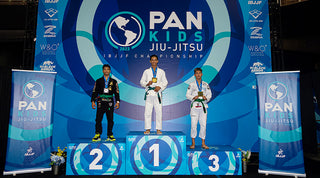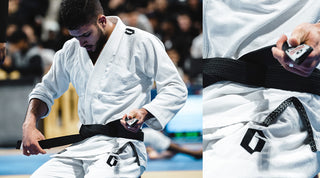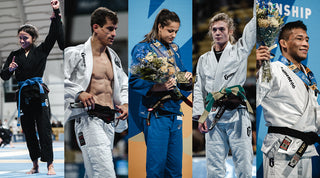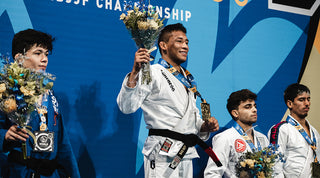




Facility Design
The experts at Gameness can help you through every step of the design process. From selecting thickness and texture of floor mats, to walking you through how to customize your mats, to finding the perfect color scheme that matches your brand, our professionals can develop the perfect fir for your gym.
Speak to an associate and start designing your dream gym today!


Gameness Blog

Gameness Pro Team Shines at Pan Kids 2023: A Triumph of Brazilian Jiu-Jitsu Youth
The cheers of friends and families reverberated in the Kissimmee Florida’s Silver Spurs Arena, as the world's most talented young Brazilian Jiu-Jitsu athletes gathered for the Pan Kids event. more

Gameness Air Pro Gi 2.0: A Winning Combination of Lightness and Strength
If you are seeking a lightweight BJJ gi and do not want to compromise on durability, the Gameness Air Pro Gi 2.0 is the ultimate choice. This exceptional gi combines performance-enhancing features ... more

Gameness Athletes Boast Standout Performances at the 2023 IBJJF World Jiu-Jitsu Championship
The 2023 IBJJF World Jiu-Jitsu Championship witnessed an awe-inspiring display of skills and determination by the Gameness Pro Team. Their remarkable performance resulted in an astonishing tally of... more

Black Belt Lucas Pinheiro Wins Jiu Jitsu World Title and Retires from IBJJF Competitions
The Brazilian athlete won the last missing title on his resume, ending his career on top. Black Belt Lucas Pinheiro Wins Jiu Jitsu World Title and Retires from IBJJF Competitions The Brazilian athl... more

























